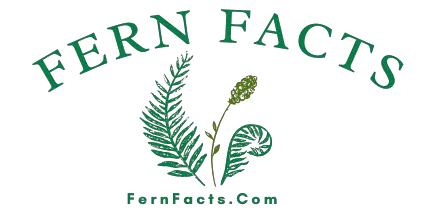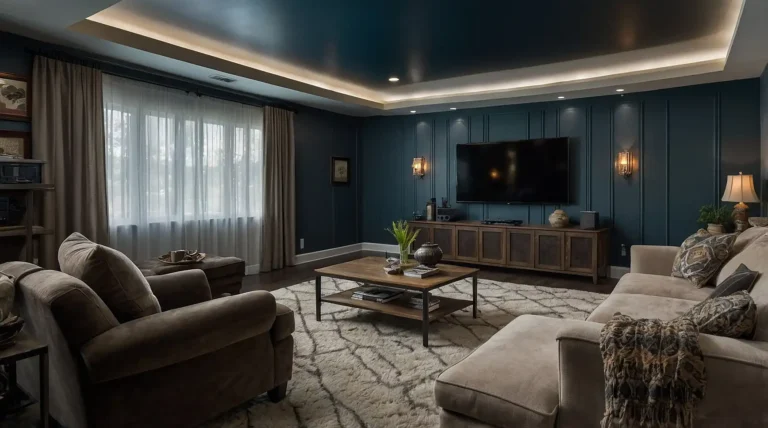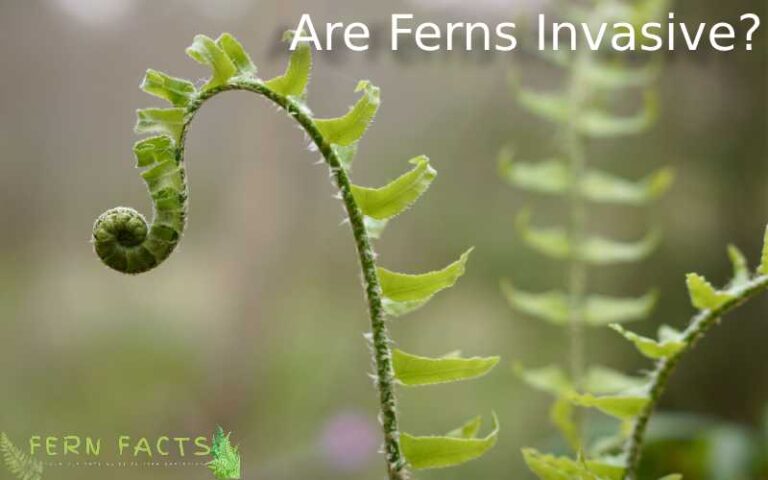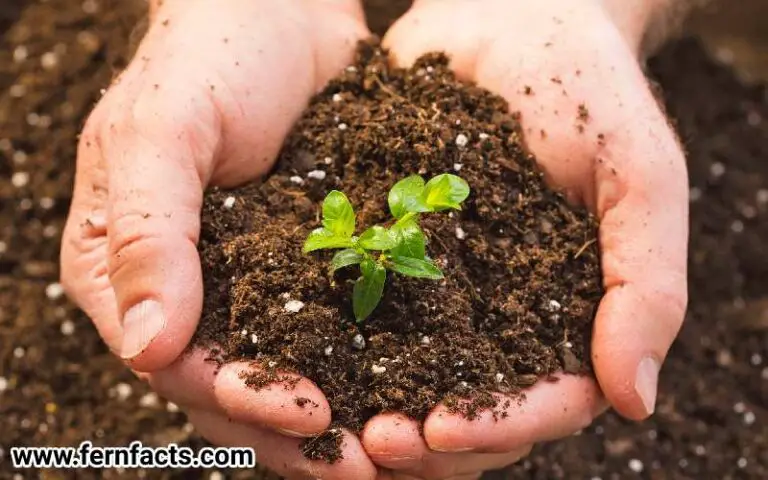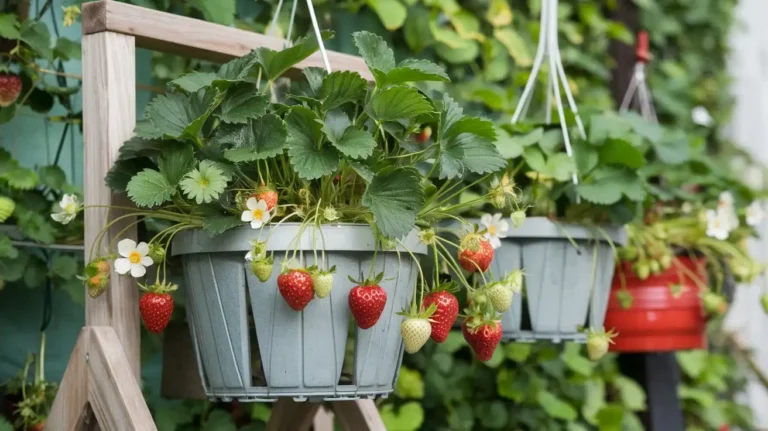15 Inspiring Vegetable Garden Design Ideas for Small and Large Spaces
I love planning and growing vegetable gardens. There’s something special about watching plants grow from tiny seeds into delicious food.
A well-designed garden can be both beautiful and productive.
A good vegetable garden design makes the most of your space and growing conditions. It considers things like sunlight, soil, and water needs.
Smart layouts also make it easier to care for your plants and harvest your crops. With some planning, even small spaces can yield lots of fresh veggies.
1: Raised Bed Gardens

I love raised bed gardens for growing veggies. They’re easy to set up and maintain. I can control the soil quality better in raised beds.
These gardens are great for small spaces too. I can grow more food in less area. Plus, they look nice and tidy in my yard.
2: Herb Spirals

Herb spirals are a cool garden design I love. They’re circular raised beds that spiral upwards.
I like how they create different growing spots in a small space. The top is dry and sunny, while the bottom stays moist and shady.
3: Vertical Gardens

Vertical gardens are a smart way to grow veggies in small spaces. I love how they make use of walls and fences to create more growing area.
You can build simple structures with wooden planks or use hanging pockets. Some people even repurpose old items like pallets or shoe organizers.
Climbing plants like peas, beans, and cucumbers work great in vertical gardens. Herbs and leafy greens are good choices too.
4: Companion Planting

I love using companion planting in my vegetable garden. It’s a smart way to pair plants that help each other grow better.
A classic example is the “three sisters” method. I plant corn, beans, and squash together.
The corn supports the beans, while the beans add nitrogen to the soil. The squash shades the ground and keeps weeds away.
I also plant marigolds near my vegetables. They repel pests and make the garden look pretty. Dill is another useful companion plant. It attracts helpful insects that eat garden pests.
5: Container Gardening

Container gardening is a great way to grow veggies in small spaces. I love using pots, grow bags, and window boxes for my plants.
Tomatoes, peppers, and herbs do well in containers.
I find that mixing different plants in one pot can look beautiful. Basil, thyme, and kale create a nice mix of colors and textures.
6: Square Foot Gardening

Square foot gardening is a smart way to grow veggies in small spaces. I like to divide my garden bed into 1-foot squares using a grid.
In each square, I plant different crops. This method helps me fit more plants in less area.
It’s great for beginners too. I find it easier to plan and maintain than traditional row gardens.
7: Keyhole Gardens

Keyhole gardens are a smart way to grow veggies in a small space. They get their name from their shape – like an old-fashioned keyhole.
The garden is round with a notch cut out to reach the center. In the middle is a compost bin that feeds the plants.
I love how keyhole gardens make the most of limited room. They’re great for growing lots of veggies in a compact area.
8: Permaculture Design

Permaculture design mimics natural ecosystems in the garden. I like to use companion planting and work with nature. This approach helps create a self-sustaining vegetable patch.
I find permaculture focuses on using resources wisely. It aims to reduce waste and maximize productivity in a natural way.
9: French Intensive Gardening

French intensive gardening is a smart way to grow lots of veggies in a small space. I use raised beds and pack plants close together. This method helps me get big harvests from a tiny plot.
The key is rich, deeply worked soil. I dig down about 2 feet and mix in plenty of compost. This lets roots grow deep and access lots of nutrients.
10: Mandala Gardens

I love the idea of mandala gardens for vegetable growing. These circular designs look beautiful and make great use of space.
I’ve seen mandala gardens with paths that spiral inward, creating pie-shaped planting areas. This layout lets me reach all my plants easily.
Mandala gardens work well for companion planting too. I can group compatible veggies together in each section.
11: Forest Gardens

Forest gardens are a unique way to grow food in your backyard. They mimic natural woodlands by using different layers of plants.
I love how forest gardens combine trees, shrubs, and ground cover plants. This creates a mini ecosystem that can be both productive and low-maintenance.
In a forest garden, you might find fruit trees, berry bushes, and edible herbs all growing together. It’s a great option if you want a more natural look in your vegetable garden.
12: Aquaponic Systems

I’ve seen some cool aquaponic systems in vegetable gardens. These combine fish tanks with growing plants. The fish waste feeds the plants, and the plants clean the water.
One neat idea is a small tabletop system. It uses wire baskets stacked on top of each other. The top basket holds plants, while fish swim below.
13: Rain Gardens

Rain gardens can be a great addition to vegetable gardens. I like to use them to manage water runoff and create unique planting areas.
These shallow depressions collect rainwater and allow it to soak into the ground slowly. This helps prevent flooding and filters pollutants.
I find rain gardens work well with water-loving veggies like celery and watercress. They also attract helpful pollinators to the garden.
15: Edible Landscaping

I love the idea of combining beauty and function in my garden. Edible landscaping lets me grow food that looks great too.
I can plant colorful vegetables like purple cabbage or rainbow chard. Herbs add nice textures and smells.
Edible flowers like nasturtiums and pansies bring pops of color. Fruit trees and berry bushes work well as landscape focal points.
